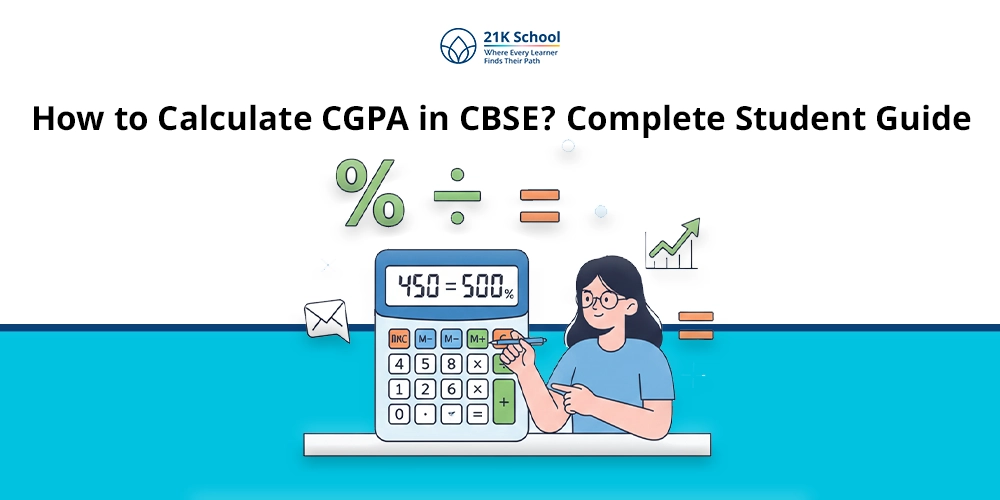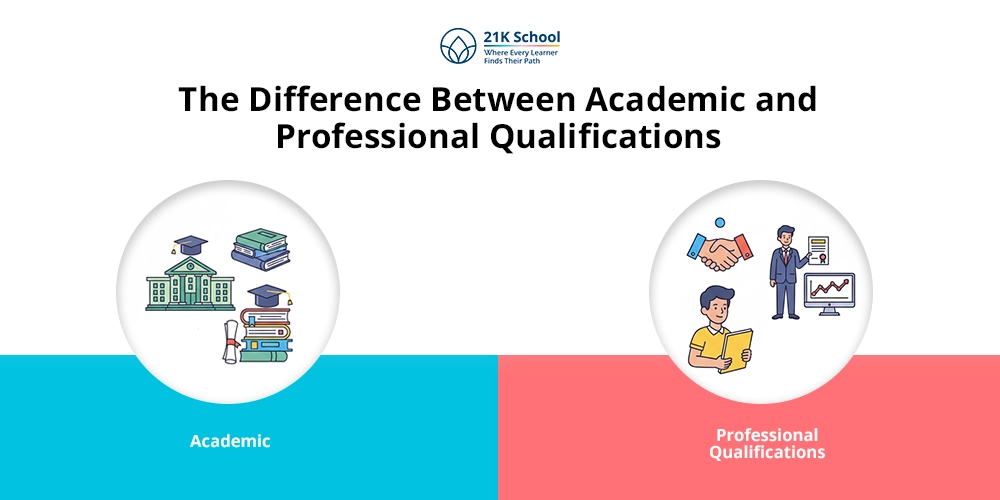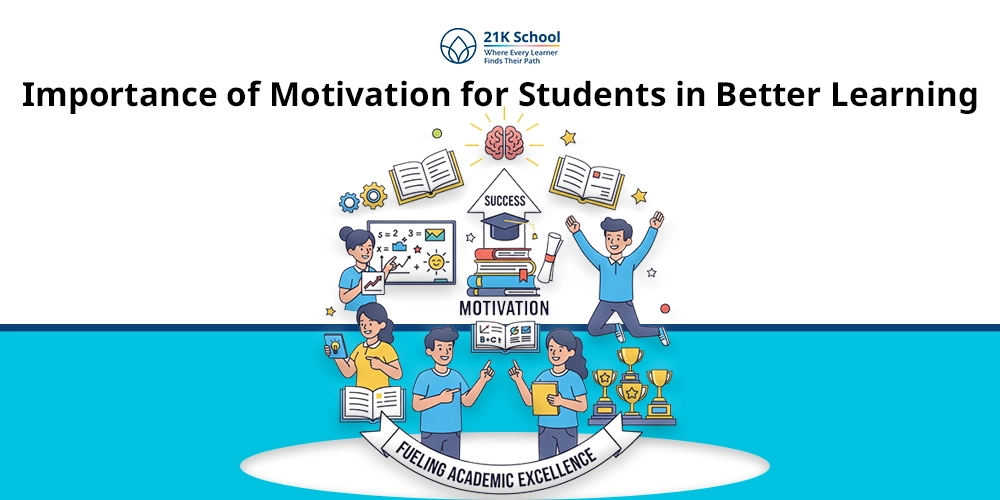
What will even be of interest is to know that Virtual learning is currently the most burgeoning market within the educational niche. Since the turn of the year 2000, this has tremendously increased by ninety and nine percent! (Source).
This is only the beginning of all this. Studies did show that virtual learning user is expected to be approximately 57 million in the year 2027.
Consider the following statistics and facts about virtual learning:
- 63% of students in the United States engage in virtual learning activities daily
- 70% of students have voted for virtual learning against traditional classrooms
- According to Statista, “Of undergraduate students who studied online in 2020, 50% were female and 49% were male.”
- A study showed that in 2019, 2.4 million students worldwide were engaged in some form of virtual learning. The number increased to 7 million students after the Covid-19 pandemic hit in 2020. (National Center for Education Statistics)
- Virtual learning increases student retention rate by 60%!
Let’s briefly explain the term: Virtual Learning, which we will be using in our discussion ahead.
Contents
- What is Virtual Learning?
- Key Features of Virtual Learning
- Unlocking the Importance of Virtual Learning
- 1. Educational Approach:
- 2. Innovative Initiatives:
- 3. Immediate Feedback
- 4. Flexibility and Accessibility
- 5. Improved Technological Skills
- 6. Affordability
- 7. Personalised Learning Experience
- 8. Consistent Access to Course Material
- 9. Effective Time Management
- 10. Combined Structure and Freedom
- 11. Inclusive Learning
- 12. Encouraging Active Learning
- 13. Increased Collaboration
- 14. Career Advancement Opportunities
- 15. Enhance Communication
- Final Thoughts
What is Virtual Learning?
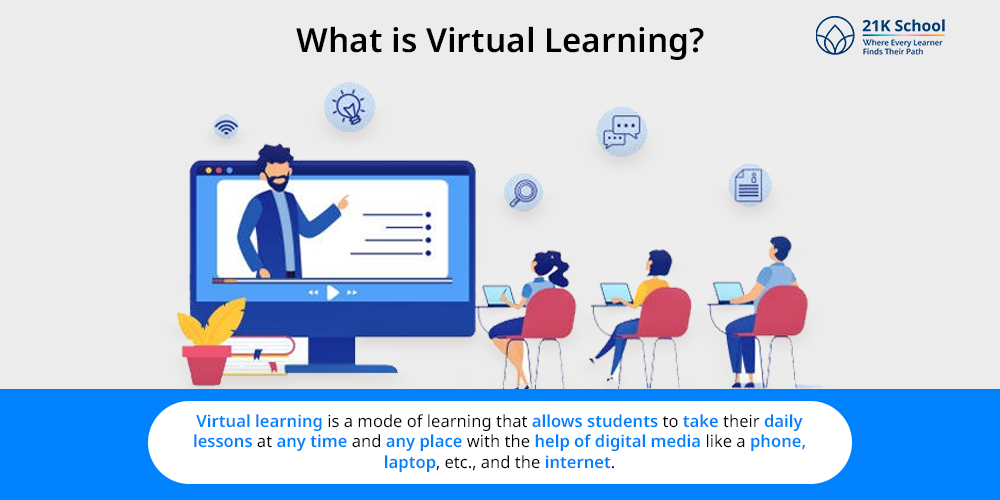
Virtual learning is a mode of learning that allows students to take their daily lessons at any time and any place with the help of digital media like a phone, laptop, etc., and the internet.
This form of learning can take place either in a self-paced (asynchronous) environment or in a real-time (synchronous) environment.
Key Features of Virtual Learning
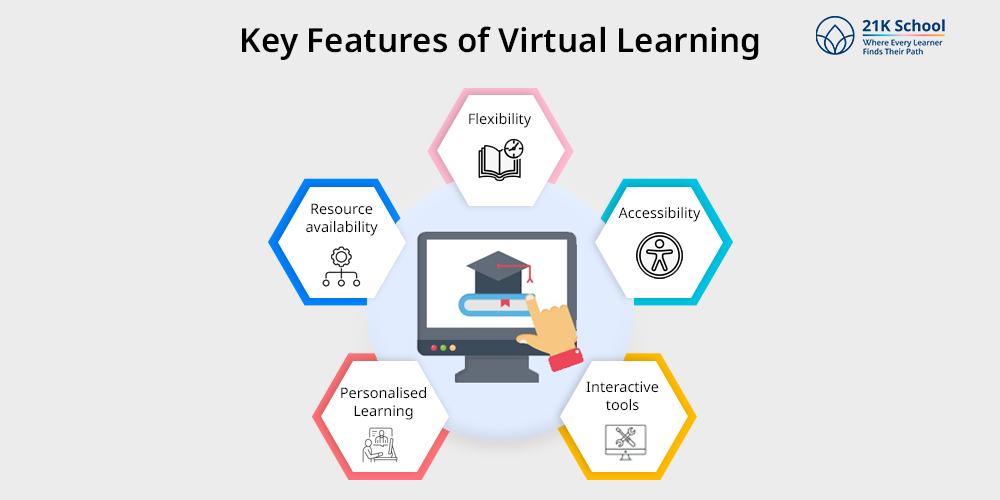
Virtual learning is characterised by the following key features:
- Flexibility
- Accessibility
- Interactive tools
- Personalised Learning
- Resource availability
Unlocking the Importance of Virtual Learning

How is 21K School Empowering the Leaders of Tomorrow?
21K School is your K12 virtual school. Starting in June 2020, today our community includes over 7500 students and 300 teachers from 500 cities and 78+ countries representing 72+ nationalities.
1. Educational Approach:
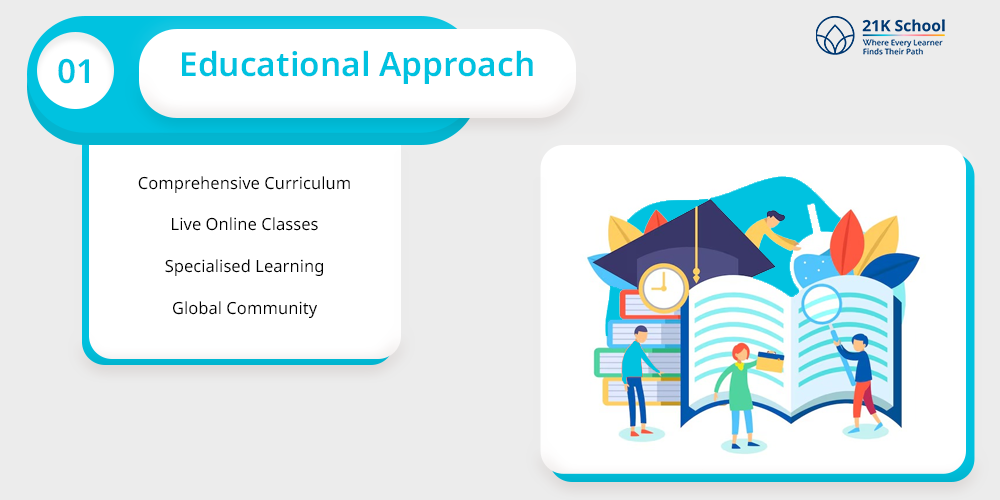
- Comprehensive Curriculum: As a part of the curriculum model 21K School covers all basic skills and also offers core, capstone, and elective courses to provide a broad academic experience.
- Live Online Classes: Students come for live classes conducted virtually for 1-4 hours 5-6 days a week depending on the grade. All these classes are; taught by professional qualified and experienced teachers and subject specialists.
- Specialised Learning: Extra lessons from your subject teachers assist in enriching the information and, or competencies regarding the subjects taught at school.
- Global Community: Multiculturalism and tolerance are maintained by the pro-diversity policy of the School: students and professors come from different countries.
2. Innovative Initiatives:
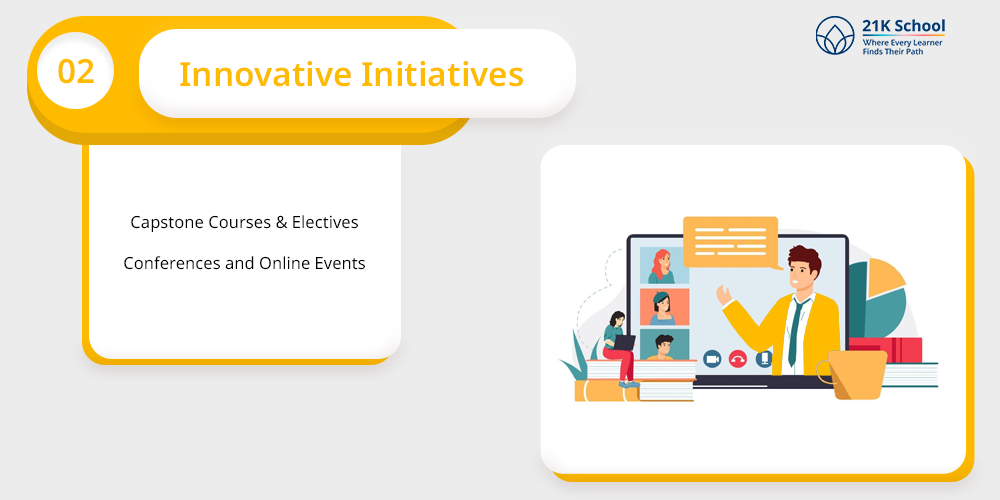
- Capstone Courses & Electives: Many top-off courses, and many option courses offered enable students to follow areas of interest, and also build up their special abilities that are ignored or not developed due to constraints of the curriculum
- Conferences and Online Events: Web conferences such as seminars and other types of virtual activities are now the convention of the academic year and represent the opportunity to showcase skills, argue, and develop cooperative projects.
Through projects the students are formed in digital literacy, critical and creative thinking, leadership, problem-solving, and teamwork; therefore, 21K School prepares for tomorrow’s world.
3. Immediate Feedback
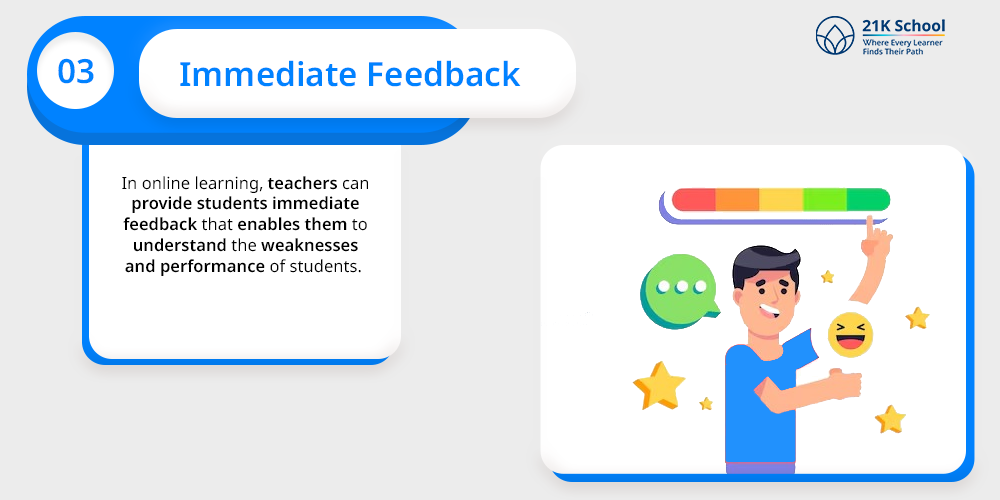
One of the effective advantages of virtual learning is that it provides immediate feedback.
In online learning, teachers can provide students immediate feedback that enables them to understand the weaknesses and performance of students.
Through assignments and formative assessment tools , the performance of students can be evaluated to enhance their learning process.
Even students can understand quickly about their progress quickly through quick feedback.
4. Flexibility and Accessibility
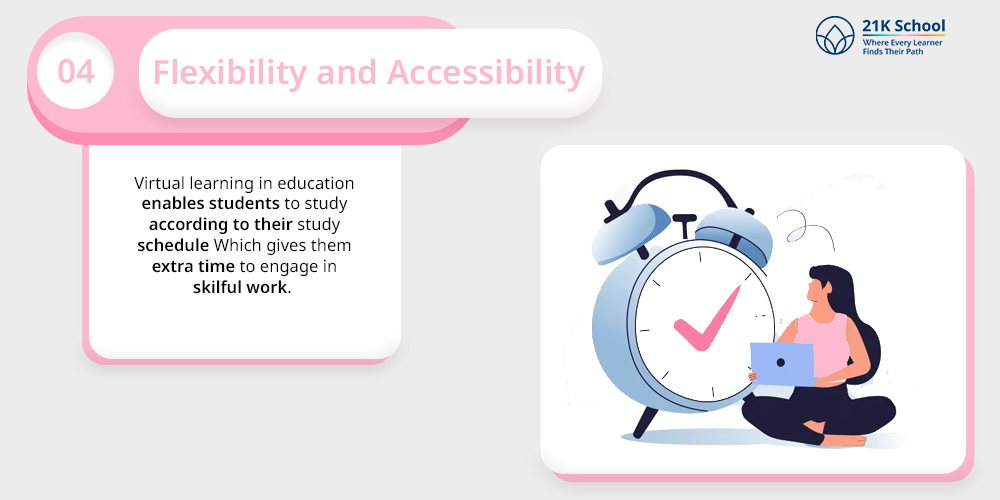
Virtual learning in education enables students to study according to their study schedule .
Which gives them extra time to engage in skilful work. Technology makes it easier for students to access education from any location with the help of recorded classes and one to one live classes.
This gives them flexible opportunities to read as per their learning style and time. Through virtual learning platforms, students can access education from their home setting.
This enables students to effectively learn at their own pace and breaks the limitations of the teaching and learning process.
5. Improved Technological Skills
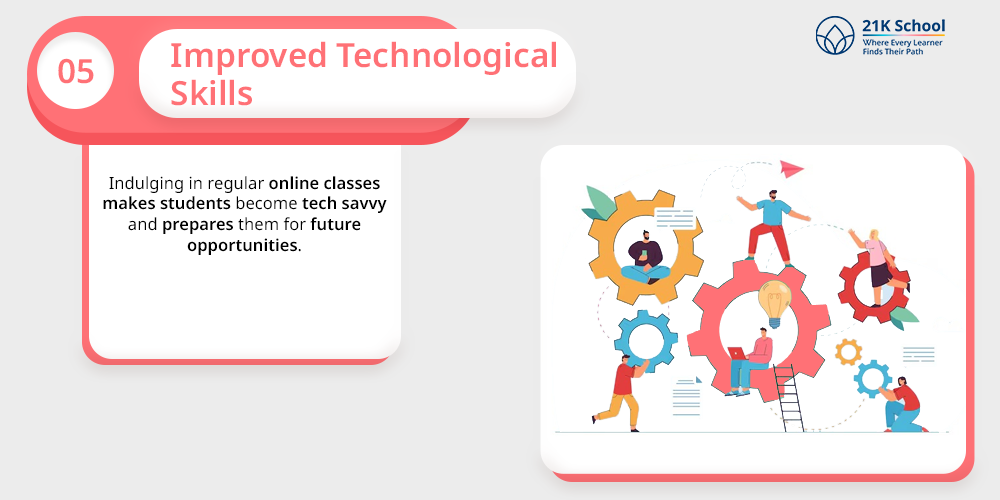
Virtual learning allows individuals to enhance their technical skills through digital literacy Technical skills allow students to use digital tools, which enable them to become proficient in using digital tools.
Indulging in regular online classes makes students become tech savvy and prepares them for future opportunities. As in the modern world technical skills are very essential to survive the competitive job market and develop technological impact.
6. Affordability
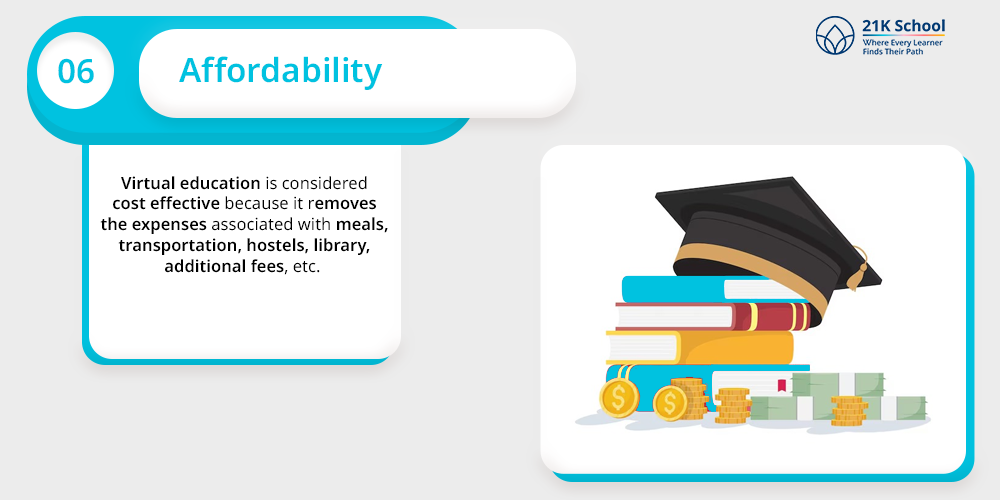
Virtual learning is affordable as compared to traditional schooling . Virtual education is considered cost effective because it removes the expenses associated with meals, transportation, hostels, library, additional fees, etc.
Along with these expenses, children also have to spend money on educational materials and resources, but in virtual learning, children don’t have to pay anything as they can find resources in online mode, such as pdfs and e-books, so students.
7. Personalised Learning Experience
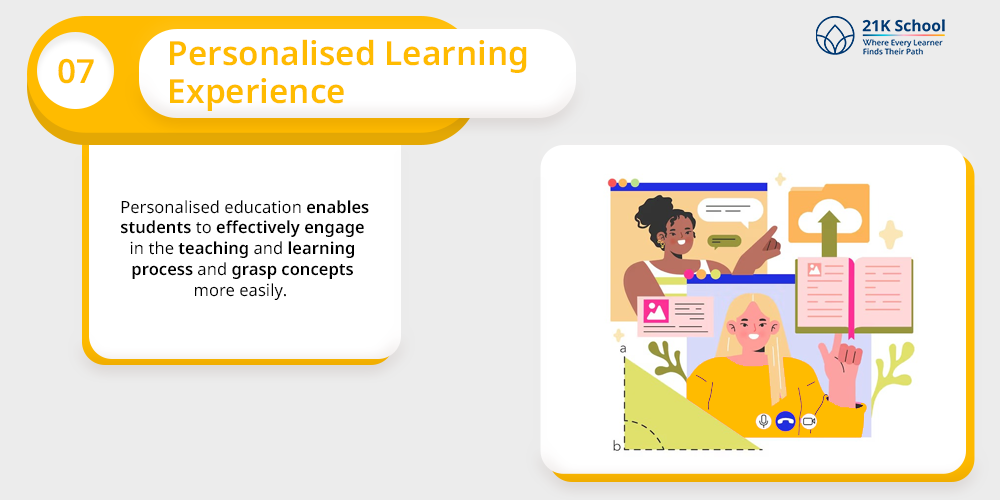
Virtual education offers students a personalised and flexible learning experience. Personalised education enables students to effectively engage in the teaching and learning process and grasp concepts more easily.
Children have different learning styles and vary from student to student. E-classroom offers students individualised and personalised learning approaches.
Personalised education helps children to learn according to their comfortability and allows them to enhance their learning abilities as well.
8. Consistent Access to Course Material
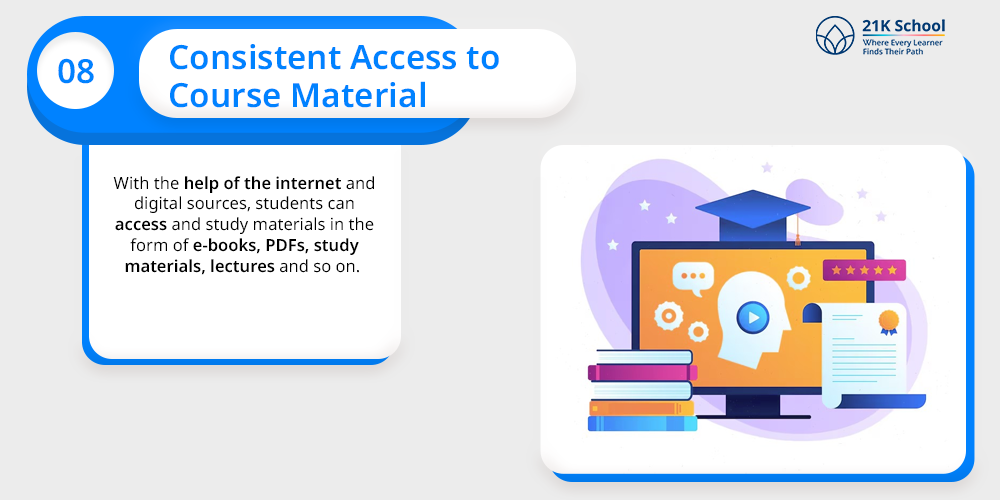
Virtual learning enables students to access any course materials at any time.
With the help of the internet and digital sources, students can access and study materials in the form of e-books, PDFs, study materials, lectures and so on.
Through virtual learning, students can access high quality education from their home setting without any barriers or conflicts. This also helps students to enhance their learning outcomes and improve their academic performance.
9. Effective Time Management

Virtual learning enhances time management skills among students. As in virtual learning, there is no fixed, hectic schedule or timings to attend the classes.
This helps in saving time and gives flexibility to students to learn as per their own pace.
The importance of time management for students allows them to become productive and meet the deadline more efficiently through utilising time management perfectly.
10. Combined Structure and Freedom
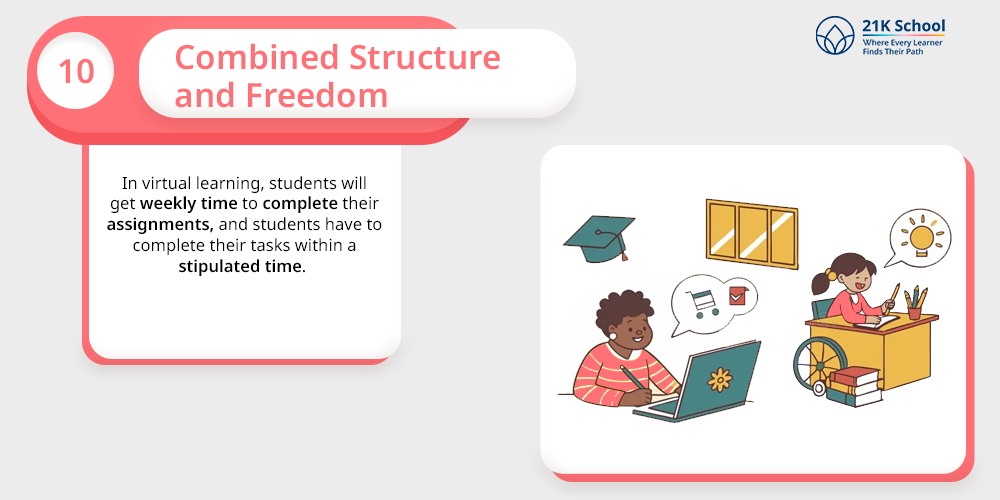
Virtual learning provides students with a structured method of assignments. In virtual learning, students will get weekly time to complete their assignments, and students have to complete their tasks within a stipulated time.
The structured combination gives freedom to students where they can complete their task within a time frame. Freedom allows students to indulge in other activities and skill enhancement programs as well as save their time.
11. Inclusive Learning
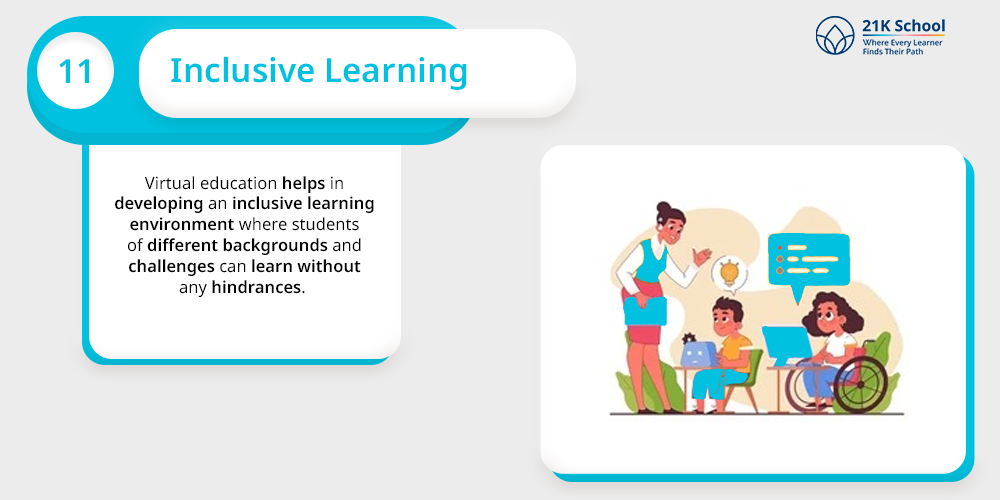
Virtual education helps in developing an inclusive learning environment where students of different backgrounds and challenges can learn without any hindrances.
Attending classes virtually helps children to connect with others and make learning more effective, where students can connect with each other.
Inclusive learning allows physically challenged students to participate in class activities and develop better communication skills.
12. Encouraging Active Learning

Virtual learning allows individuals to actively engage in the learning process through interactive sessions. The methods of virtual learning make education more fun and enhance students’ engagement through technical strategies.
This also enables students to effectively engage in lifelong learning and self directed learning.
Virtual learning gives students the freedom to learn as per their need and time which allows them to grasp any concepts easily and enhance their motivation.
13. Increased Collaboration
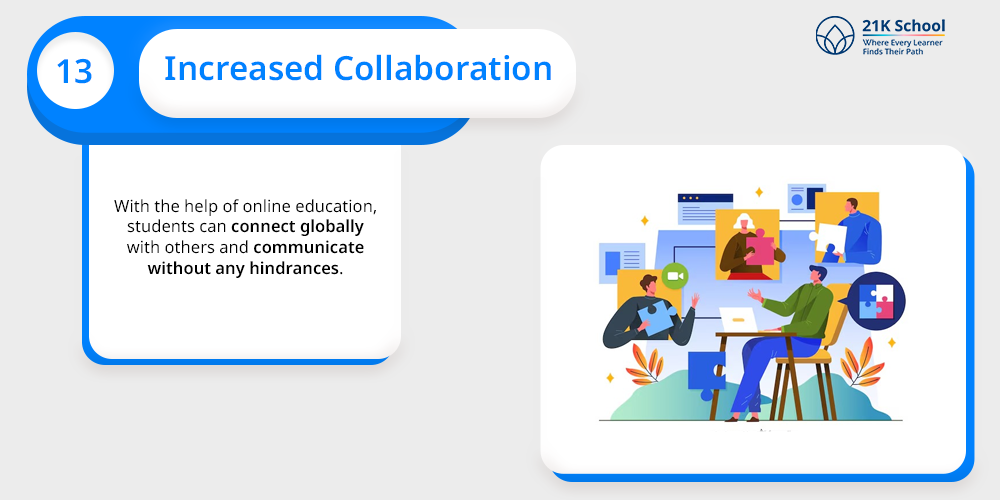
Virtual learning makes education more interactive and engaging. With the help of online education, students can connect globally with others and communicate without any hindrances.
Online learning also helps in promoting peer to peer education and enables students to work in a group.
Through collaborative learning , students can share their ideas, thoughts, concepts, knowledge, etc., which enables them to work together and develop a sense of cooperation among them.
14. Career Advancement Opportunities
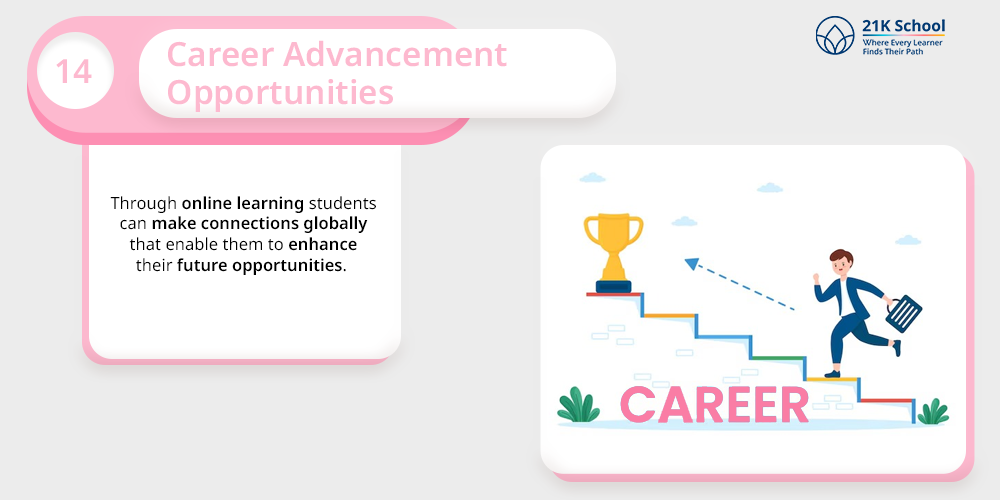
Virtual learning helps in the career advancement of students. Through online learning students can make connections globally that enable them to enhance their future opportunities.
Virtual education enables students to develop their skills and through personalised education through which they grasp concepts more easily.
This technique enables them to prepare for the competitive job market and grab future opportunities.
15. Enhance Communication
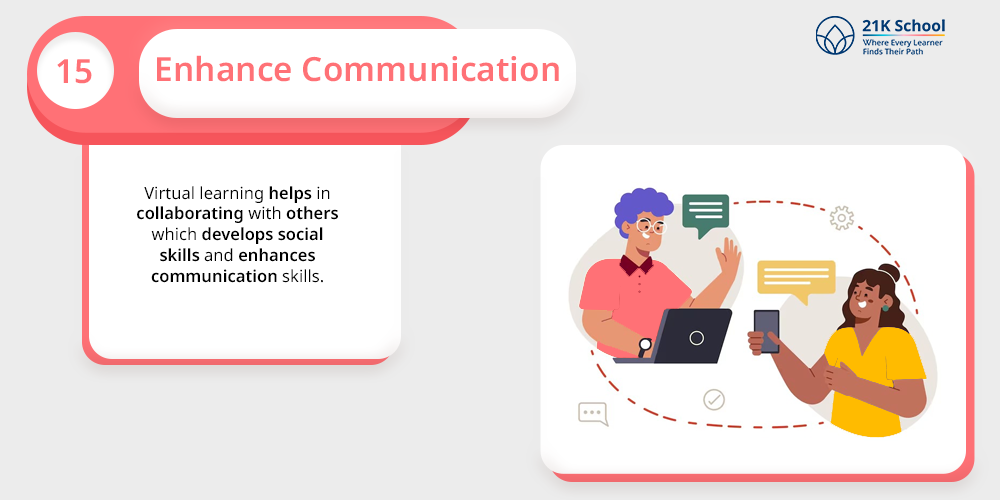
Virtual learning helps in collaborating with others which develops social skills and enhances communication skills.
Through virtual education students share their ideas, give suggestions, implement new concepts, etc.
Which helps in developing communication skills among students and enhance their confidence as well as critical thinking skills.
Even taking classes online allows students to actively participate in interaction with their peers and teachers which enables them to become proficient in communication.
Final Thoughts
So far, the development of Artificial Learning (AI) and Machine Learning (ML) is at its pinnacle. The tendencies in the global environment are something like minute-to-minute.
It is about time that we offer children all the relevant abilities and information that are required in the new world.
In line with 21K School’s belief in the value of 21st-century learning, the students are prepared to be competent leaders and active participants in the future society and world.
Being a borderless institution we adopt an innovative learning system that is implemented through the use of advanced technology of flexible learning that enables the student to learn at his or her convenience.
However, when one learns at his convenience, one is sure to succeed in academics and other fields of endeavor. Visit to learn more.

